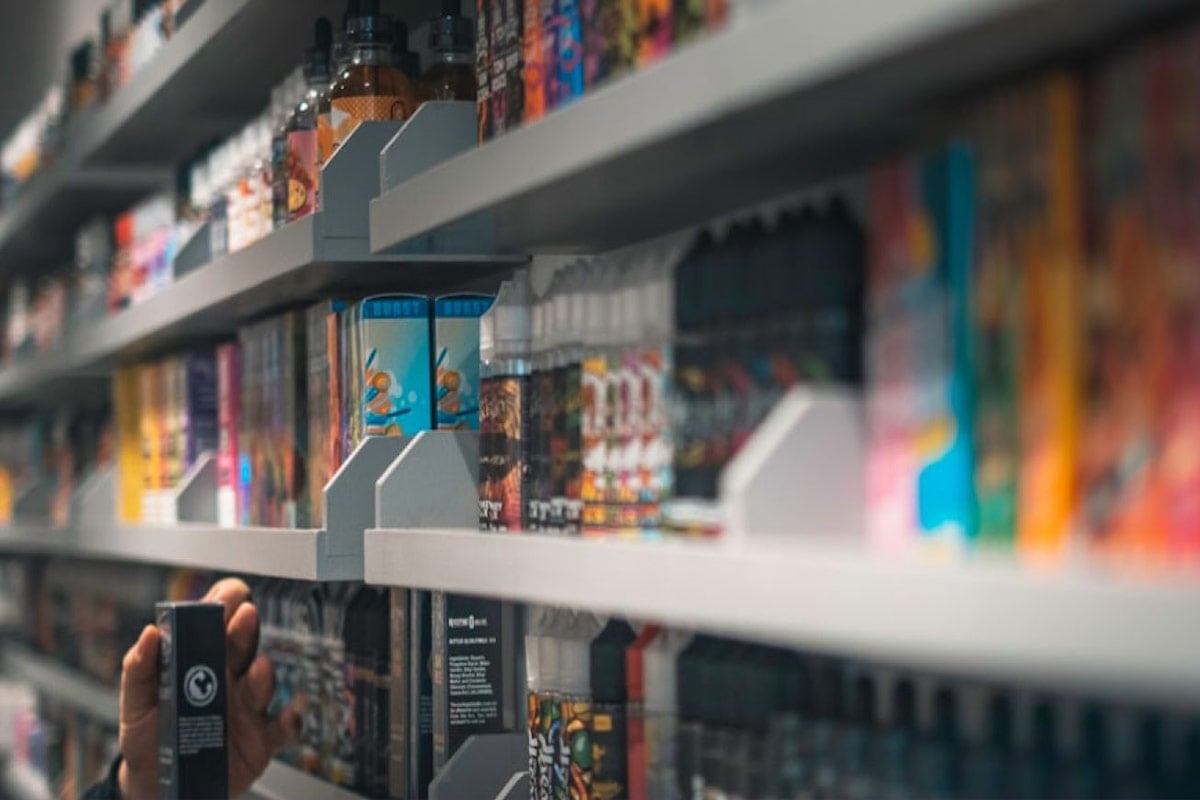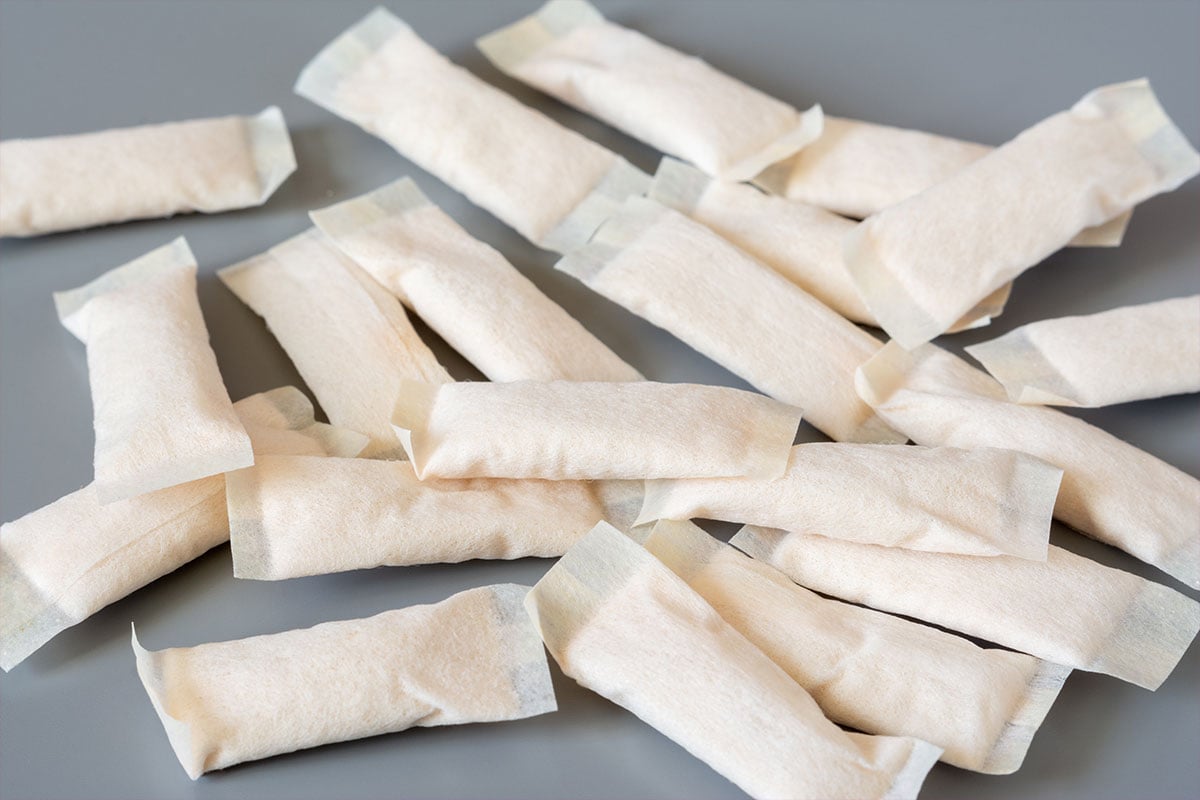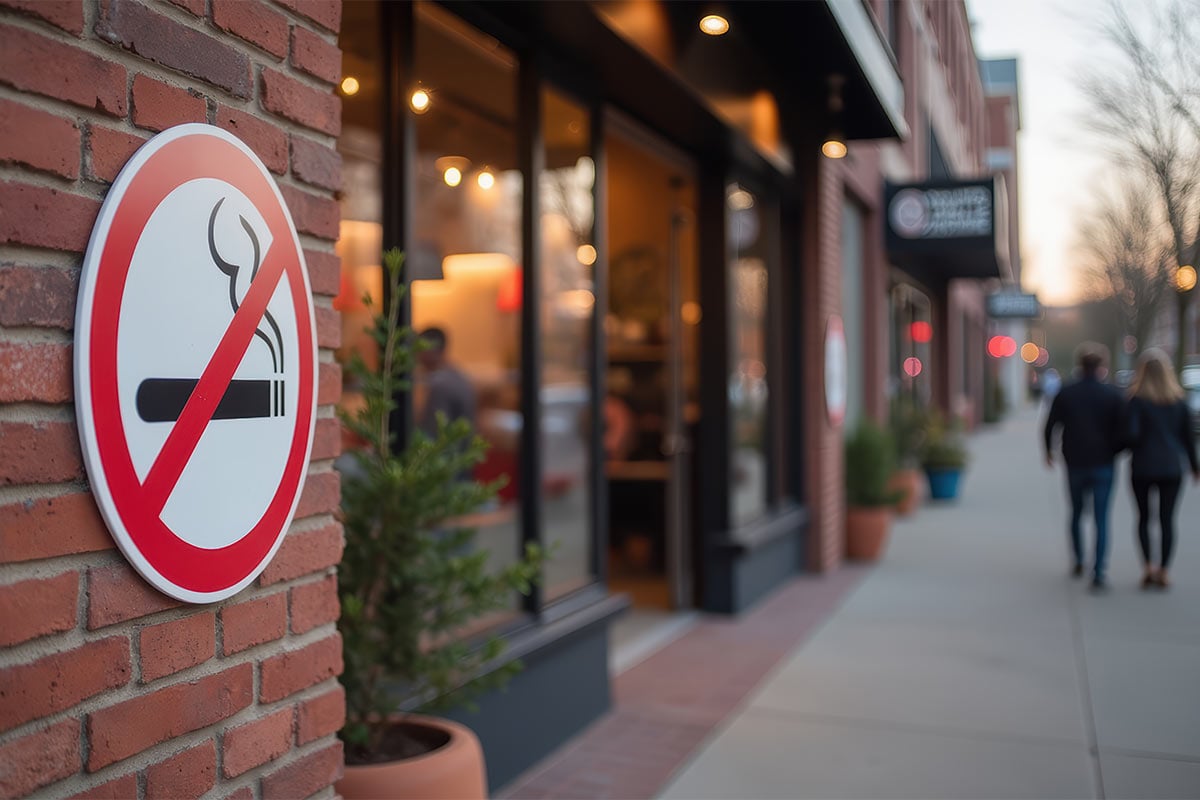WHO's War on Flavor Misses the Mark
It appears the World Health Organization (WHO) is using World No Tobacco Day, 2025 to continue pushing their anti-flavor agenda on nicotine products. While this is a disappointing development, it doesn't come as a huge surprise. They’re claiming that flavors are part of an industry ploy to attract children and their slogan for this year—Bright Product. Dark Intentions. Unmasking the Appeal—is both misleading and dangerous. The question we’re left asking ourselves is: To what end?
WHO's Campaign Ignores Science & Reality
Like many other one-sided anti-tobacco organizations, WHO paints all flavored nicotine products with the same brush by ignoring clear distinctions between illicit pouches/vapes that blatantly appeal to youth (with candy flavors or misleading packaging), and those from compliant brands that are developed as alternatives to help adults transition away from smoking.
The truth is, flavored alternatives have proven to be a strong contributor to the harm reduction movement, helping millions of smokers ditch deadly combustible tobacco.
In fact, a few months ago, the Food and Drug Administration (FDA) authorized certain nicotine products to be marketable as a risk-reduced alternative—finally acknowledging the science we’ve known for years. And yet the fight against flavor continues, directly contradicting this approach.
Denmark & New Zealand: Proof That Prohibition Fails
If you’re looking for a real-world example that flavor bans aren’t effective, look no further than Denmark. In 2022, the country implemented a sweeping flavor ban with good intentions, but saw some disheartening results.
- Youth vaping went up—not down.
- Black markets exploded with a surge of illegal fruit and candy flavors starting to circulate.
- Harm reduction stalled, leaving more people stuck with a bad cigarette habit.
New Zealand offers another cautionary tale. In 2022, it passed one of the world’s most aggressive anti-smoking laws—banning sales to anyone born after 2008, slashing nicotine levels, and capping the number of tobacco retailers. While health officials hailed it as a breakthrough, the plan crumbled just a year later. In 2023, a newly elected government reversed the policy, citing concerns about enforcement and a likely surge in black market activity. What began as a bold vision for public health was ultimately undone by the real-world consequences of prohibition.
If WHO really cared about tobacco-free outcomes, it would learn from these failures—not double down on them.
The Real Problem: Access, Not Flavors
It begs repeating: Flavors weren’t made for kids—they were made for adults seeking an alternative to smoking. The real issue? Youth access. The solution? Enforcement.
This translates into:
- Standardized and more robust age verification for anyone purchasing nicotine products.
- Banning proxy sales to minors (in other words, not allowing people who are 21+ to buy on a younger person’s behalf).
- And harsh penalties for non-compliant retailers.
Bans Hurt Public Health & Boost Illicit Markets
Flavor bans don’t stop youth from trying to access these products—they just drive demand underground. At the same time, bans can have damaging consequences for legitimate businesses and strip adults of their right to choose alternatives that fit their lifestyle.
Restricting the appeal of reduced-risk products won’t stop young people from experimenting, it will just make quitting harder for adults and push both into more dangerous behaviors.
WHO Has It Wrong: States Must Lead
WHO’s 2025 campaign is focused on the wrong enemy while their rhetoric continues to drive fear and erode years of research. Instead of condemning flavors, they should be calling for smarter and tighter regulations that keep products out of underage hands—not banning tools that help adults take steps towards a smoke-free lifestyle and improved wellbeing.
Public health isn’t advanced by moral panic. It’s advanced by policy that works.












